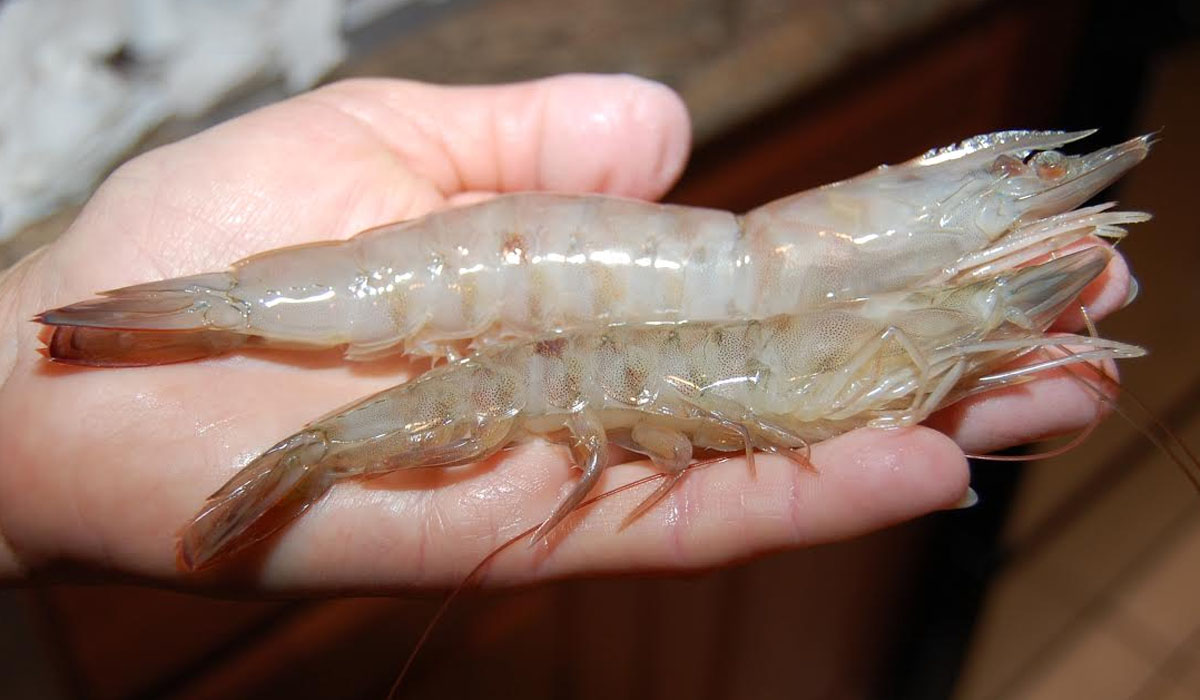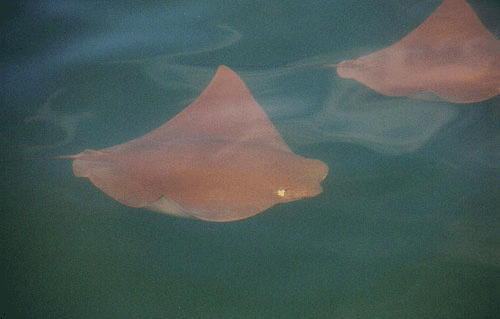How to Catch Florida Winter Shrimp
Florida has 2 distinct shrimp runs. One run happens during the summer, and one that happens over the cooler months. Both shrimp runs are caused by shrimp moving from inshore waters to offshore to breed.
For this article we interviewed Capt. Lee Noga (Full interview will be posted soon) and much of this information was provided by her.
You can also find more information about her and her Academy of Shrimping by visiting the facebook page at: www.facebook.com/groups/howtoshrimp/
When to Catch Winter Shrimp
The winter shrimp run happens around Florida at different times for different regions but in general the runs start at the beginning of winter and run into spring. The further north in the state you are the sooner the run tends to begin and the further south the later.
Keep an eye on water temperatures. Capt. Lee Noga says:
“winter shrimp like waters 62 to 68 degrees, when the water drops into low 50's, they bury in the mud”.
All winter shrimp runs happen after the sun has set and the migrating shrimp like to be propelled by current. It is rare that the shrimp will be found running during daylight hours or when the currents are slow during the winter runs.
For tidal driven waters (areas that the tides control the currents), Capt. Lee Noga noted that the week before a full or new moon and the following 3 days provide the strongest currents and these are the best nights to look for shrimp in tidal waters.
“The half moon is the weakest tides if you're in tidal waters, stay home” - Capt Lee Noga.
In wind driven waters (areas not affected by tides that have a current based on wind direction and speed) winds that are out of the North or the South are the prefered winds. The stronger the wind the more current there will be, but it can be quite difficult to find and catch shrimp if the winds are overpoweringly strong.
Where to Catch Winter Shrimp from Land
Throughout the state there are many places that produce great numbers of shrimp. Here are a few locations suggested by Captain Lee are:
- Mathers Bridge - Brevard County
- Eau Gallie Bridge - Indian River County
- Bennett Causeway - Merritt Island
- Pineda Causeway - Melbourne
- New Smyrna South Causeway - Volusia County
- Titusville Piers (Veteran’s Memorial Park) - N. Brevard
- Shands Bridge - Jacksonville
There are many, many other locations that are productive. The best way to find new areas not listed above is to search for local knowledge. Local bait and tackle stores will often know of great places to catch shrimp, and if they don't, they will often know the right people to get you in touch with.
Equipment Used
There are only two basic types of equipment needed to catch shrimp around florida. A hoop net and a light.
Hoop Nets
In Florida, at the time of writing this article, the maximum hoop rim cannot exceed 30 inches, but there are some people who decided to use nets that are only 24 inches. For those shrimping from the shore, the best nets are adjustable lenght bridge nets (available at Marker69.com). These nets allow for the shrimpers to catch shrimp from both lower piers and seawalls as well as taller docks and bridges.
The longer the sock on the dip net the better. According to Captain Lee, a 6-7 foot sock is best. The longer socks prevent shrimp that have already been captured from escaping while attempting to capture another.
Lights
The most successful type of light is a submersible LED style light. These lights are lowered to near the bottom of the water to cause the light adverse shrimp to swim closer to the surface and in doing so be seen easier by the shrimper.
A 3-4 pound weight attached to the light with a rope will allow the depth of the light to be controlled for use in deep or shallow water.
Above water lights CAN work, and are popular at some piers. But because most shrimp attempt to avoid light as much as possible, over the water lights will often force the shrimp to swim deeper in the water column where they are very difficult, if not impossible, to see.
Techniques
When a shrimp is spotted, the best technique is to gently dip the net in the shrimps path and allow it to swim close. Once close scoop the shrimp up. If the net is placed in the water with to much force the shrimps antenna can sense the danger and they shrimp will flee and become difficult to catch.
When using a longer pole connected to a net, it is best to keep the net in the water and scoop the shrimp using a figure 8 motion. This allows for less stress on the shrimpers shoulders as well as less stress on the equipment.
Tips and Tricks
- When many shrimp are caught in a dip net, it is best to pull the net up perfectly vertical. This will if the net is raised in any other fashion it will cause great stress on the equipment and be much heavier for the shrimper to lift.
- If the area you are shrimping is crowded, try to keep to your area. This will help keep the area peaceful!
- Green lights are less stressing to the eyes after dark.
- Keep a close eye on moons, tides and winds. Log how many shrimp are caught under those conditions. This log will help educate you on when is a good time to shrimp in your area.
- Carry a set of kitchen tongs to separate mantis shrimp if they are caught. They can be quite dangerous.


